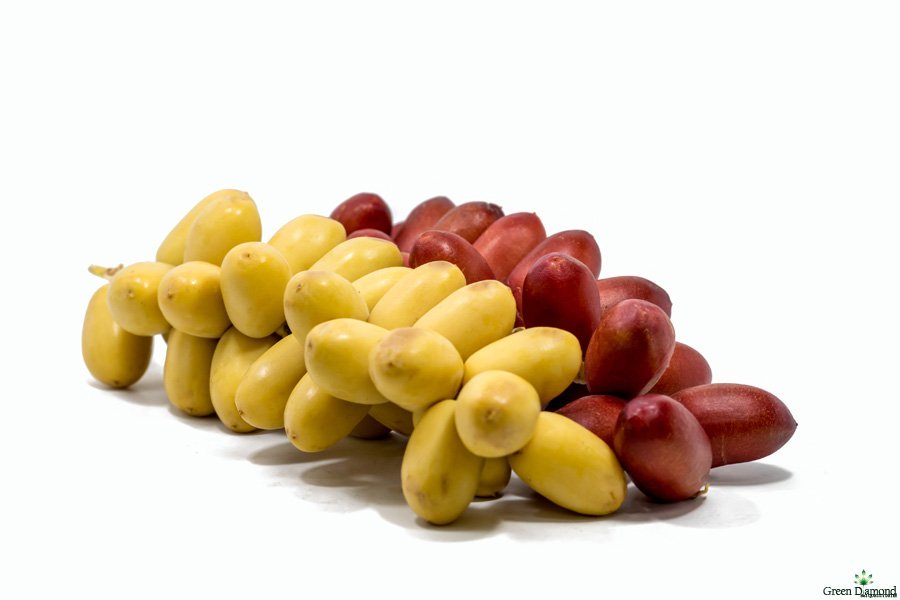
If you’ve never tried date fruit before, it’s perhaps not surprising. Whilst they are a popular staple food of the Middle East, where they have been around for thousands of years, they are not as commonly found elsewhere in the world. In essence, dates are the fruit of the date palm. Date Fruit is a small, oval fruit with a seed in the middle. The word date actually comes from the Greek work ‘daktylos’, meaning ‘finger’ due to their shape. There are many different varieties of dates, each with its own unique texture and taste, and varying in colour.
Dates also vary in moisture content and are grouped accordingly into 3 types – Fresh Dates, semi-dried Dates and Dried Dates – depending on their moisture content. Fresh dates, such as Medjool, Halawy, Barhee and Khadrway dates, are thick-fleshed, moist and have a sweet, caramel flavour. Semi-dried dates, such as Deglet Noor, Deyri and Zahdi dates, have a firmer, crunchy, fibrous flesh. Dried dates, such as Thoory dates, have not been deliberately dehydrated in the way that other dried fruits are produced, but are dry simply because they contain very little moisture when ripe.
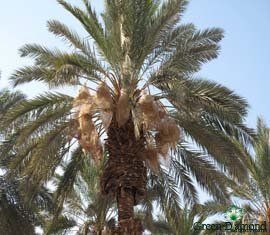
History of dates
Dates have a long history. In fact, fossil records show that the date palm itself has existed for at least 50 million years. Archaeological evidence shows that date fruit cultivation was back to as early as 7000 BCE in where is now western Pakistan, 6000 BCE in eastern Arabia, and 4000 BCE in Ancient Egypt, where they were used to make wine and eaten at harvest. Interestingly, some scholars even believe that the fruit from the biblical Garden of Eden story was actually a date, not an apple. Although they have been around too long to pinpoint exactly where they originated from, they are thought to be native to what is now Iraq.
Traders were responsible for spreading dates around southwest Asia, northern Africa and Spain. From there, in the 18th century, the Spaniards introduced dates to Mexico and the United States. Nowadays, the production and consumption of date fruit is worldwide.
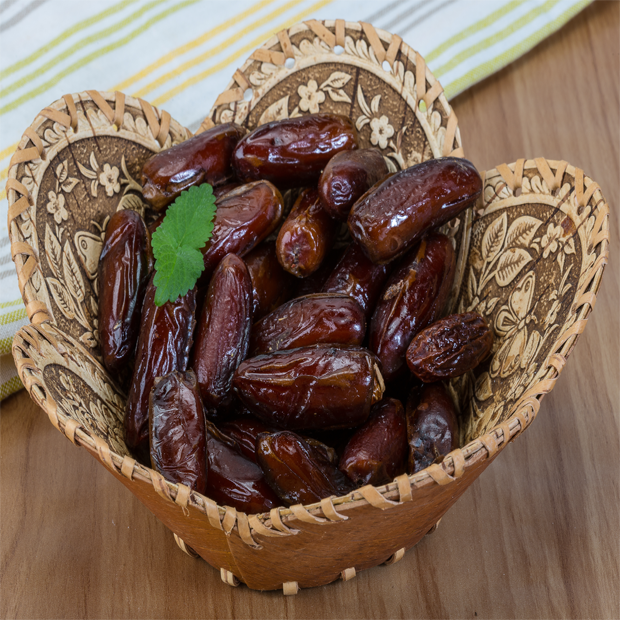
How many different varieties of dates are there?
There are a staggering 1,600 different varieties of dates cultivated around the world. Some of the most popular cultivars include:
Aabel – A type of date common in Libya.
Ajwa – A soft, fruity, black date, cultivated in the town of Medina in Saudi Arabia. They are particularly populr amongst Muslims as the city of Medina is known as the city of the Prophet and has great historical and religious importance.
Al-Khunaizi – A particularly sugary variety of date from the town of Qatif in Saudi Arabia.
Amir Hajj/Amer Hajj – A semi-sweet, soft date with a large pit, thin skin and thick flesh. Grown in Iraq, they are a delicacy often served to guests, giving them the name ‘the visitor’s date’. They are grown origanically and are not often commercially available, instead being bought direct from the supplier.
Abid Rahim – A cultivar found in eastern Sudan, similar to the Barakawi date but longer, thinner and lighter in weight. In Nigeria, these dates are called Dabino dates and are commonly used by Nigerian Muslims to break their Ramadan fast.
Barakawi – Another cultivar from Sudan, similar to the Abid Rahim date. They are considered to be a profitable date cultivar and are in high demand, being exported to Egypt where they are known as Ibrimi or Sakuti dates. They are a deep reddish-brown colour with light yellow discoloration.
Barhee/Barhi– Originally from Basra, Iraq, the Bahree date is a small, round, chewy variety of date with a caramel flavour. They have a medium-thick skin and are amber to dark brown in colour when ripe. Unlike other date varieties, they are not dried or processed, but eaten fresh. Where most varieties are only edible in one stage of development, the Bahree date can be eaten in three different stages of development.
Bireir – Grown in Sudan and praised for their quality; the flesh of the Bireir date clings firmly to the seed, meaning they stay soft and juicy for a long time. Bireir dates can be sold as a compressed cake called Agwah and are also traditionally used in the production of local wine called Khumur.
Dabbas – Dabbas Dates are one of the smallest dates varieties in the world. Originally from the United Arab Emirates, they are golden brown in colour and have a lovely soft, smooth texture and delicious taste.
Datça – An oval, yellow-ish brown variety of date grown in Turkey, most commonly eaten by locals.
Deglet Noor – Originally cultivated in Algeria, on the east coast of Africa, Deglet Noor dates are a sweet, medium-sized, semi-dry date known for its ‘true’ date flavour, with a skin that turns from amber to deep brown as it ripens. They are considered to be amongst the best varieties of dates in the world and are often referred to as ‘the queen of all dates’.
Derrie or Dayri – An organic date variety from southern Iraq, the Derrie date is soft and dark, with slightly sticky skin. They are sweet and earthy, texturally like caramel, tender and chewy, and taste like molasses.
Empress – Developed by the DaVall family in Indio, California, United States, from a seedling of Thoory. Empress dates are a light caramel to maroon in color, while most have a distinctive yellow crown at the top of the fruit. The taste is slightly less sweet of the Medjool and with a chewier texture.
Fardh or Fard – Fardh dates are grown in the heart of Al Ain. They have a deep dark brown, tender skin, sweet flavour and small seed. Fardh dates keep particularly well when well packed.
Ftimi or Alligue – Grown in inland oases of Tunisia, these dates are a full-flavoured and mahogany coloured.
Halawy – A sweet, soft, honey-flavoured date, small to medium in size and with a bright golden brown skin and tender flesh. They are similar to the Deglet Noor in shape and color but the flavor and texture are unique.
Haleema/Halima – Halima dates are a rare variety found in the areas of Sokna, Hun and Waddan in central Libya.
Hayany/Hayani – A dark red to black date very popular in Egypt but not exported from there. California produces a modest crop that is sold fresh as they are quite tricky to cure.
Honey – A soft, creamy-textured and sweet-tasting variety of date which are said to “melt in your mouth“. With the pits removed, they are commonly used for the purpose of sweetening recipes with their sweet, caramel flavour.
Iteema – A variety of date native to Algeria. It is a soft, large, oblong date with a light amber colour and very sweet taste.
Kabkab – Kabkab dates are amongst the more important and abundant date varieties in south Iran. They are long, oval and around 3.5-4cm in size and vary from yellow to dark brown in colour depending on ripeness. Kabkab dates have a soft, fine texture and a hard skin due to their long, grey pit that clings to the flesh. They are popular for their delicious, sweet, syrupy taste.
Kenta – Common in Tunisia, Kenta dates are less sweet than other varieties. They have a light golden colour and semi-dry texture.
Khadrway– Originally from Iraq, Khadrway dates are not overly sweet. Compared to the better-known Medjool date, they have a high moisture content, less sugar, and a milder flavor. They are a dark mahogany color and have a dry, flaky, paper-like skin.
Khalasah – One of the most famous palm cultivars in Saudi Arabia, the Khalasah date has a glossy skin and sticky, amber-red flesh. Also available in the Coachella Valley, Calinfornia, they are not overly sweet and are best savoured, leaving them to melt on your tongue.
Khastawi/Khusatawi/Kustawy – The leading soft date in Iraq, Khastwai dates are small, syrupy dates, most commonly used in desserts.
Khenaizi – A ‘luxury’ date from United Arab Emirates. Khenaizi dates are soft, medium-sized dates with a mild sweetness. They are dark brown in colour, with a juicy texture and best enjoyed before they are fully dried.
Lulu – Another date variety from the United Arab Emirates. Lulu dates are brownish in colour and are sweeter than Khenaizi dates. Unlike Khenaizi dates, they are typically consumed in their dry stage.
Maktoom – A large, red-brown, thick-skinned, soft, medium-sweet date from Saudi Arabia.
Manakbir – A large variety of date fruit that ripens early, but with the disadvantage that the palm produces few offshoots meaning multiplication is limited.
Medjool – The most difficult to cultivate and therefore most expensive variety of date, large in size and with amber to reddish-brown skin, a rich, sweet taste and fibrous texture. Known as the “king of dates“, Medjool dates are originally from Morocco but are also grown in the US, Israel, Saudia Arabia and Jordan.
Migraf/Mejraf – Large, golden-amber dates, popular in Southern Yemen.
Mgmaget Ayuob – A variety of date from Hun, Libya.
Mishriq – From Sudan and Saudi Arabia, Mishriq dates are the most common and cherished variety in Dar al-Manasir. Mishriq trees require more watering than other palm trees.
Mazafati – A medium-sized, dark, soft, fleshy date with a sweet taste and relatively high moisture content. Also known as Bam dates (after the region in which the most delicious dates of this kind are grown), Mazafati dates are one of the many different kinds of Iranian date fruit. They are perhaps the most popular, well-known variety of date, accounting for an estimated 20% of Iran’s total date export.
Piarom – A round, black-brown date, widely considered the most delicious of all semi-dry date varieties. Piarom dates, also known as Marayami dates or ‘chocolate’ dates’, are arguably one of the most delicious semi-dried varieties of date in the world. Unique in taste and appearance, they are one of the most expensive varieties of dates available, particularly as their production is exclusive to Hajiabad.
Rabbi – A soft, dark-brown, semi-dried date, long in size and with a moisture content of under 15%. Rabbi dates are amongst the best loved and earliest date varieties. Their production is exclusive to Iran, with cultivars grown in Sistan and Baluchestan province, known to produce dates of particularly high quality. Rabbi dates come just behind Stamaran, Shahani, Mazafati and Kabkab dates as having the most economic value of all date produce in Iran.
Rotab – Rotab dates are a medium-sized dark, soft and sweet variety of date. They are grown in the Bam region of Iran. They are particularly suited to fresh consumption due to their long shelf life.
Sag‘ai – From Saudi Arabia, Sagai dates are known for their two-toned colour and texture; they are golden at the base with a slight dryness, while the rest is brown and soft. They are chewy, with a mild sweetness, and are best consumed with milk.
Saidy/Saidi – Popular in Libya, Saidy dates have a soft flesh and sweet taste and are similar in texture and shape to Sekkeri dates.
Sayer – A thin-skinned, semi-dry date with a unique taste, ranging from yellow, to amber, to reddish-brown on colour as it ripens. Also known as Stamaran,
Saamaran, Stamara or Samberun dates, they are one of the many delicious varieties of date produced in Iran, accounting for 65% of all dates produced there. They are the main variety of dates produced in Khuzestan province and, as one of the highest quality Iranian dates, they have high export value.
Sukkary – From Saudi Arabia, Sukkary dates are cylindrical, red-black dates with sweet, soft flesh. They known for their exceptional sweetness and hard texture. They are the most sought-after and expensive variety of date in Saudi Arabia.
Sellaj – Most notably grown in Saudi Arabia, Sellaj dates are typically consumed when the date palm has not fully matured. They change from yellow, to gold, to brown as they mature. Their soft texture is responsible for their name, which in Arabic means ‘to be consumed easily’.
Tagyat – A date variety common in Libya with a high moisture content.
Tamej – Another date variety common in Libya.
Thoory – A sweet, dry, nutty flavoured date, medium to large in size, with golden-brown flesh, also known as the ‘bread date’ because of its suitability for baking.
Umelkhashab – A variety of date from Saudi Arabia with taste that is both sweet and slightly bitter. In addition to its unique flavour, the Umelkhhashab date has vibrant red skin and bittersweet, hard white flesh.
Zahidi – A semi-dry date with a sweet, sugary flavour, smooth, glossy golden-yellow skin and full of syrup. Although cultivated in a number of regions of Iran, the most extensive production of Zahedi dates takes place in Dashtestan, a city in Bushehr province, where they are the only produce that is exported.
Zaghloul – Almost exclusively found in Egypt, Zaghloul dates are long, sweet, red-skinned dates which are typically served fresh. In Egypt, they have great sentimental value due to the fact that they share a name with national hero Saad Zaghloul.
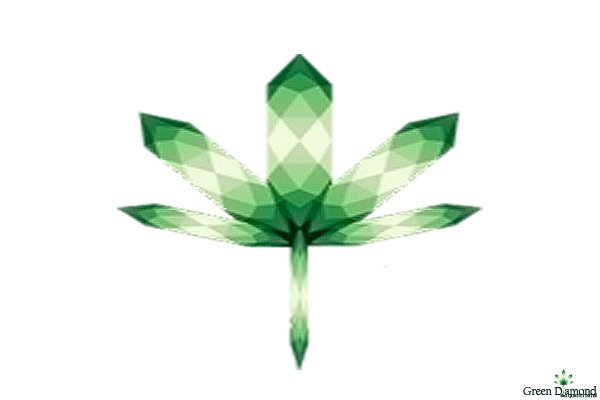
How Dates Grow?
Dates grow on a dioecious palm – this means that the date palms can be either male or female. Only the female date palm is capable of producing fruit. Although date palms can be grown from the seed, they are not often produced in this way; this is because only 50% of the seedlings will be female and also because dates grown from seedling plants tend to be smaller and of poorer quality. Instead, producers tend to use cuttings from a palm that is producing well; this piece can then be used as an entirely new plant, independent from its parent. This is the method used by most commercial date plantations.
Date palms are naturally wind pollinated; however, on modern plantations, they are pollinated manually by skilled labourers. Done this way, 1 male can pollinate as many as 100 females at a time. Since the only role of the male plant is to pollinate the female, they are not often kept on plantations, especially since male flowers are available from markets for when pollination is required.
Date palm cultivation requires a great deal of patience. After they are planted, date palms typically take 4-8 years to produce fruit, and producing fruit that is suitable for commercial harvest can take anywhere between 7-10 years.

Where dates grow?
About 3% of the earth’s farmland is covered by date palms, producing four million tons a year. There are many date plantations across the world, with some varieties of date being exclusive to particular countries or regions. According the UN Food and Agriculture Organisation, the main date fruit producers include Egypt, Iran, Saudi Arabia, Algeria, Iraq, Pakistan, Oman, United Arab Emirates, Tunisia and Libya. They are, however, grown in other countries which can offer the right conditions for proper cultivation.
To grow as they should, date palms require the right balance of environmental factors including a sufficient direct sunlight and just the right amount of water as allowing the soil to dry out can be disastrous and stop the date palm from growing completely. They also require fertilizer and just the right temperature (above 20°C). Because of these requirements, the areas in which they can be grown are restricted. Typically, they are grown tropical or sub-tropical countries which can offer the right climate – this is where we find the main producers listed above. Date plantations are, however, found in warm areas of the United States (predominatly in the Coachella Valley, California), as well as in warmer areas of Europe, such as southern parts of Spain. It is worth noting that there are varieties of date palm which can withstand cold conditions; however, these palms rarely bear fruit, which is the ultimate goal of producers.

Are dates susceptible to diseases and pests?
Unfortunately, like many plants, the date palm is susceptible to both fungal and parasitic diseases. One of the main threats to date production is Bayoud disease, first reported in Morocco in 1870, which is caused by a certain fungus (Fusarium oxysporum). This disease is particularly prevalent in Morocco and Western Algeria, where is has been responsible for a major decline in production; in one century, Bayoud has destroyed more than twelve million palms in Morocco and three million in Algeria.
Various measures can be taken to control and eradicate the disease, the first being chemical control; however, this is only effective if the primary sources of infection in an otherwise healthy area can be identified, in which case, irradiation techniques can be put into action, such as uprooting the palm and incinerating on the spot before treating the soil with methyl bromide or chloropicrin – the area is then sealed off and replanting is prohibited until further notice. Cultural control is not advised, as the factors that cause high yield in date palms (such as irrigation and fertilisation) are the same factors that favour the growth of the fungus. Prophylactic measures can be undertaken, in an effort to prevent the movement of contaminated plant material from an infected plant to a healthy one; in fact, legislation is in place to stop contaminated material (offshoots, palm fragments, manure, effected soil and artefacts made from these materials) being transferred from one country to another in an effort to curtail the disease. Ultimately, the only productive means of controlling Bayoud disease lies in continued research into resistant varieties. Fortunately, new cultivars are being developed which are resistant to this disease.
The date palm is also susceptible to other plant pathogens which can cause leaf and fruit rot. Additionally, date production is also under threat from a major palm pest, the red palm beetle, particularly in parts of the Middle East and throughout the Mediterranean. There is also the date stone beetle, which spends part of its life cycle in dates where it feeds off them, and Rhinoceros beetle, which feeds on tender leaves, inflorescences and fruit stalk of the fruit bunches of date palm. Damage caused by pests is considerable and can lead to heavy economic losses. One way of getting rid of such pests is by putting up mercury-vapour light traps at regular intervals in infested plantations, a mechanical method intended to attract and trap the insects. Chemical treatment is also an option.
Date palms

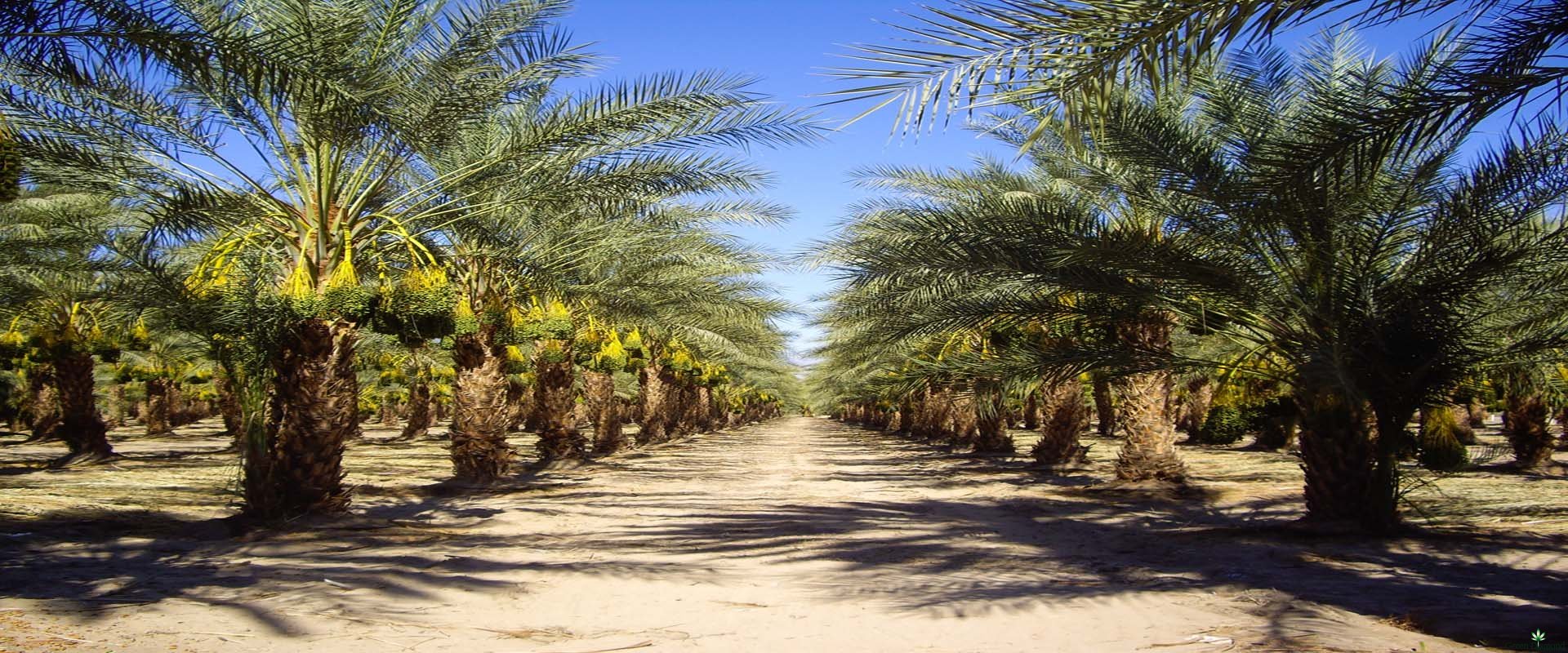
What can dates be used for?
Dates make a sweet, nutritional snack and can be eaten as they come, or glazed with syrup. Alternatively, for a delicious twist, they can be pitted and stuffed with various fillings such as nuts (walnuts, almonds and pecans), candied orange and lemon peel, tahini, marzipan or cream cheese. In fact, dates are so versatile that different countries have found their own novel uses for date fruit. In Morocco, for example, they are used in savoury dishes such as tagines, as well as in puddings, cookies (ka’ak) and other desserts. They actually make an effecitve natural binding agent in baked treats. The United States has its own unique date dish, date nut bread, which is a type of cake that is commonly eaten around holidays. In southeast Spain, where there is a large date plantation, dates are often pitted, stuffed with fried almonds, wrapped in bacon and shallow-fried for a sweet and savoury taste sensation.
In fact, as people become more adventurous with their food creations, we see more and more interesting ways of eating dates; some recent innovations include chocolate-covered dates and even sparkling date juice. Date syrup can also be added to beverages for as a natural sweetner. Some lesser uses include processing into cubes, pastes, spreads, date syrup, powders, vinegar and alcohol. Perhaps the most versatile and widely used date variety is the Jujube date, also known as the red date or Chinese date. Jujube dates are mostly used as a dried date in Iran, Pakistan and India, whilst, in most other countries, they are eaten fresh. In Great Britain, they are served dried alongside afternoon tea, whilst in Korea, China and Taiwan they are commonly used as a sweet syrup, as a flavouring for tea, in marmalades, in juices, and even in fruit brandy (rakija).
But dates are not just used to create different dishes and taste combinations – they also have practical applications. In Islamic countries, they are often eaten during the Ramadan, as a way of breaking the fast each evening because of their impressive sustaining ability, as well as after the fasting period if over as am effective way of replenishing lost energy and easing constipation. In fact, in some parts of the world, the rich nutritional value of dates mean they are even used in traditional medicine as an herbal drug.
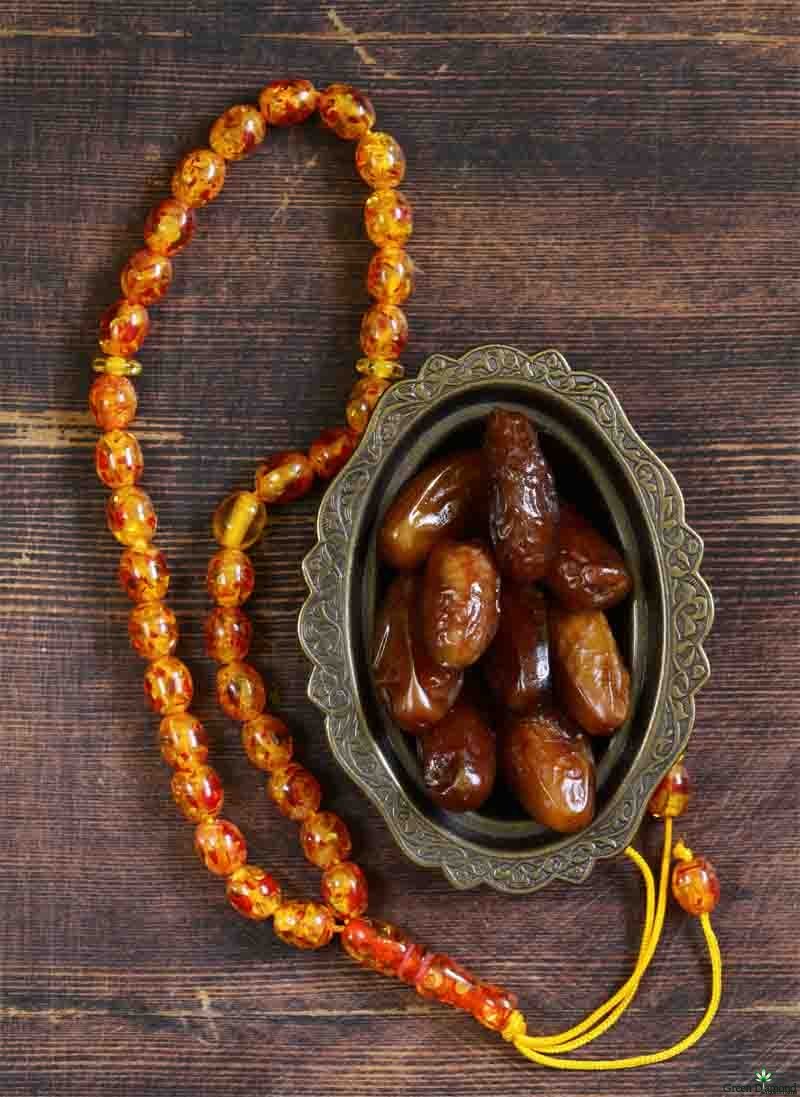
What are the by-products of date cultivation?
There is actually very little waste from date cultivation, with almost all parts of the date palm being utilized for various purposes. There is very little waste from date palm cultivation, with date palms being used for various purposes and to produce various goods such as food (bread, honey, wine etc.), baskets and mats and soap and other cosmetic products. The leaves of the date palm are used for religious purposes, by Christians during Palm Sunday and as a lulav during the Jewish holiday of Sukkot. In North Africa, the leaves and wood of the date palm are useful as building materials for making huts, and the wood can also be burnt for fuel. Dates also grow in clusters, which, when bare, can be used as brooms or as ornemants. Traditionally, date seeds are mainly used as animal feed. Date by-products, of which the seed is one, are usually distributed to animals in the winter months, but can also be utilised for their many useful properties all year round. One such use of the date seed, due to their high oil content (with antioxidant properties), is within the cosmetics industry in products such as soap. They also have a multitude of other uses; as a substitute for coffee, as a raw material for activated carbon, for absorption in dye-containing, for burning to make charcoal and can even be incorporated into necklaces.

What is their nutritional value?
One reason dates are so popular is their impressive nutritional content. Dates contain a plethora of vitamins, minerals and nutrients and countless health benefits, making them a great dietary staple for almost anyone (particularly as very few people are actually allergic to them). In fact, they are often recommended by doctors and health professionals, as the benefits of eating dates as part of a balanced diet becomes more recognised.
Dates fruit contain essential vitamins such as vitamin A, which supports bone growth, improves the immune system and helps to maintain healthy vision; vitamin C, which helps to protect the cells from the damaging effects of free radicals, improve cardiovascular health and support the healthy formation of collagen, cartilage, blood vessels and muscles; and vitamin B, which is essential for energy production and metabolism. In terms of minerals, dates contain plenty of potassium, which helps to lower cholesterol and blood pressure; calcium, which is well known for its role in developing healthy bones and teeth; and iron, which helps to boost the immune system and produce haemoglobin for the healthy production of red blood cells. Additionally, dates are a rich source of fibre – 48% of our daily fibre needs, in fact – which aids digestive health, prevents constipation, lowers cholesterol levels and helps to maintain a healthy bodyweight. As such, dates can be an effective way to prevent various health conditions and diseases, including anaemia, heart disease, cardiovascular diseases, stroke and even certain types of cancer.
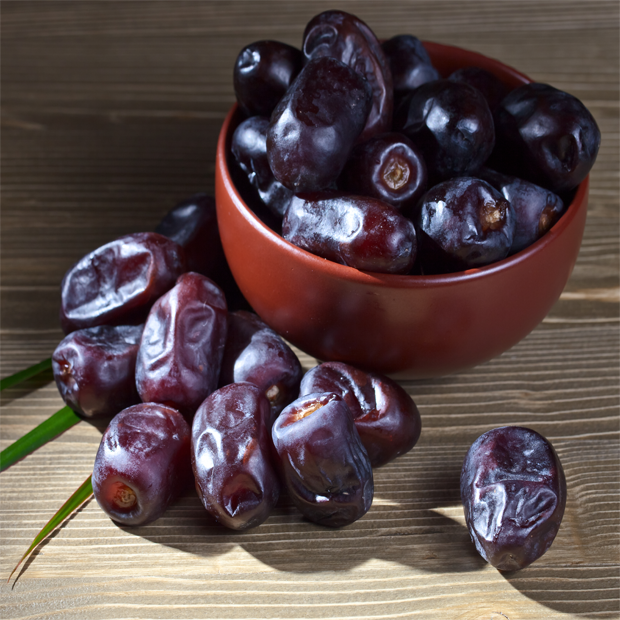
Why to include dates in everyone’s daily diet
As a well-known source of energy, vitamins, and minerals like phosphorus, iron, potassium, and calcium, it is highly recommended by health specialist to consume fruit dates every day for a healthy balanced daily diet. Besides nutriment value, research results show that dates fruit are rich in phenolic compounds holding antioxidant activity which is vital for preventing cancer diseases. Health benefits of dates are massive; therefore, it has special value in every family daily shopping list.
Green Diamond company focus on selection of varieties with high antioxidant components to serve premium quality dates to its’ customers. Green diamond always believes in providing best products for highest customer satisfaction.
Here is the list of main benefits of fruit dates for a healthier life:
Maintain Healthy weight
Great energy booster
Reduce the risk of stroke
Provide energy for anemic patients
Diminish allergic reactions
Strengthen the bones
Prevent abdominal cancer
Lower night blindness
Promote healthy bowel movements and control diarrhea
World’s Date Production (MT)

